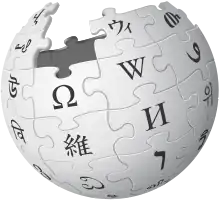separatrix
English
Etymology
Borrowed from Latin separatrix, the feminine form of separator (originally owing to an implied līnea (“line”)), from sēparāre (“to divide; to separate”) + -trix (forming female agents); equivalent to separate + -trix. First developed as a decimal mark among the medieval Arab mathematicians, whence a shorter variant gave rise to the decimal comma employed by many European countries and their former colonies.
Pronunciation
- IPA(key): /sɛpəˈɹeɪtɹɪks/
- Rhymes: -eɪtɹɪks
Noun
separatrix (plural separatrixes or separatrices)
- (typography, historical) The ⟨L⟩ or pipe ⟨|⟩ mark formerly used to divide integers from decimals.
- 1660, Jonas Moore, Moor's Arithmetick, page 13:
- Therefore in writing of decimall parts let the separatrix be always used.
- (typography, obsolete) Synonym of decimal point, which replaced such marks.
- (typography) The proofreader's mark resembling a slash ⟨ / ⟩ or vertical bar ⟨ | ⟩ placed after a note in the margin to indicate that it should replace the item(s) struckthrough in the running text or to separate it from other margin notes.
- A terminator: a line on a partially-illuminated surface separating the lit and shaded regions.
- (physics) The line between regions having different magnetic fields.
- (mathematics) The boundary separating two modes of behavior in a differential equation.
Further reading
 separatrix on Wikipedia.Wikipedia
separatrix on Wikipedia.Wikipedia  separatrix (mathematics) on Wikipedia.Wikipedia
separatrix (mathematics) on Wikipedia.Wikipedia - Merriam-Webster Online. "separatrix". Accessed 11 February 2016.
- Oxford English Dictionary, 1st ed. "separatrix, n." Oxford University Press (Oxford), 1912.
This article is issued from Wiktionary. The text is licensed under Creative Commons - Attribution - Sharealike. Additional terms may apply for the media files.